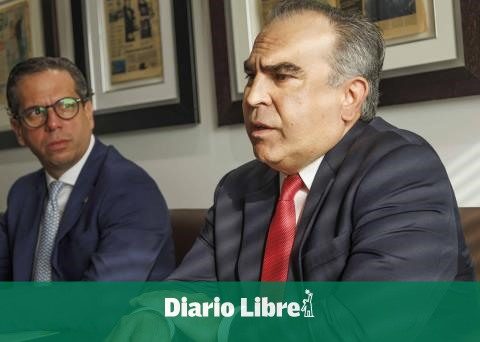World inflation has started to slow down, but it is doing so gradually. The International Monetary Fund (IMF) projects that next year, 2024, it will still be at levels higher than those observed before the pandemic and notes that during the last two years, the trajectory of inflation has surprised upwards due to the recovery of the demand. A recovery that advances at different speeds.
Only 18 of the 38 countries of the Organization for Economic Cooperation and Development (OECD) have reported their annual inflation data for the month of January; six of them still bring double-digit variations: Chile (12.3%); Colombia (13.23%); Czech Republic (17.5%); Estonian (18.6%); Hungary (25.7%) and Italy (10.1 percent).
Among these five countries, three report increases in their inflation record: the Czech Republic, whose inflation went from 15.8% in December to 17.5% in January; Estonia, which observed a variation of 17.6% at the end of 2022 and was surpassed by 18.6% in January, as well as Hungary, which went from inflation of 24.5% in the last month of last year to 25.7% reported in January.
Mexico is one of the 18 countries that until last week had reported the variation in general prices for the first month of the year. The annual trajectory of the National Consumer Price Index (INPC) in January was 7.91%, a record slightly higher than the 7.82% observed in December.
The BNP Paribas economist for Mexico, Pamela Díaz Loubet, acknowledged that there is evidence of less inflationary pressure due to the supply shock generated since 2020 by external conditions such as the pandemic, the disruption of flow in supply channels and in 2022 , because of Russia’s war in Ukraine.
But he noted that in the case of Mexico, inflation is also explained by a series of shocks that have permeated expectations and the internal process of price formation.
There are certain idiosyncratic elements that are pushing upwards, he stressed, such as the lack of competition in relevant sectors such as agriculture, the impact of insecurity in distribution channels, logistics and transport routes, disputes over imports of products such as corn and contamination of the price formation process.
In Latin America, on the rise
Among the Latin American economies that have already disclosed inflation for January, there are also Mexico, Chile, Colombia and Brazil.
Among these four, the country registering the highest variation is Colombia, which stood at 13.23% per year, with a rebound from 13.1% in December 2022.
Chile reached an annual variation of 12.3% in January, which contrasts with the 12.8% observed in December.
Brazil, which has been the most aggressive in the application of monetary policy and began a pause in its restrictive process since August, registered the lowest variation of the selected group, of 5.77% annual, just two tenths less than inflation in December.
Bloomberg Latin America economist Felipe Hernández explained that the process of slow disinflation has also permeated other countries in the region, such as Chile, Colombia and Brazil.
Mexico and its stubborn inflation
The trajectory of general inflation in Mexico seems to have reached its peak in the third quarter of 2022, between August and September, when it reached 8.70% per year.
It recorded three months of slowdown that allowed 2022 to close with an annual variation of 7.82%, a level that is still far from the specific objective and is almost four times higher than the 2.8% reached before the pandemic.
This photograph reflects the trend indicated by the underlying component, in this regard, the director of economic and financial analysis at Banco Base, Gabriela Siller, recalled that it went from 3.66% in November 2020 to 8.45% where it was in January.
Core inflation is the indicator that discounts the most volatile prices and rates; it is the thermometer of domestic inflation, explained the chief economist of the fund operator Valores Mexicanos Casa de Bolsa, Víctor Ceja Cruz.
Core inflation remains “stubbornly high” while headline inflation accelerates, Luis Gonzali, vice president of investment at Franklin Templeton, said separately.
US, demand fuels inflation
The inflation data for the United States in January will be released tomorrow, February 14. In December it had already completed a deceleration of six consecutive months since the peak touched in June, of 9.1 percent.
But despite this downward trajectory, the president of the United States Federal Reserve, Jerome Powell, explained at a press conference, after raising the Fed’s interest rate by 25 basis points, that bringing inflation to its 2% target is not it will be simple
At the end of last year, the variation in general prices was 6.5% per year, but the central banker warned that some of the components are “sticky high.”
Prices are sticky when they have second-order effects or upward contagion. In that country, demand pressures are still observed, a consequence of the good health that prevails in the labor market and wages; It also results from the effect generated by having savings thanks to the public support of the pandemic and the positive creation of jobs, analysts from Oxford Economics said separately.














